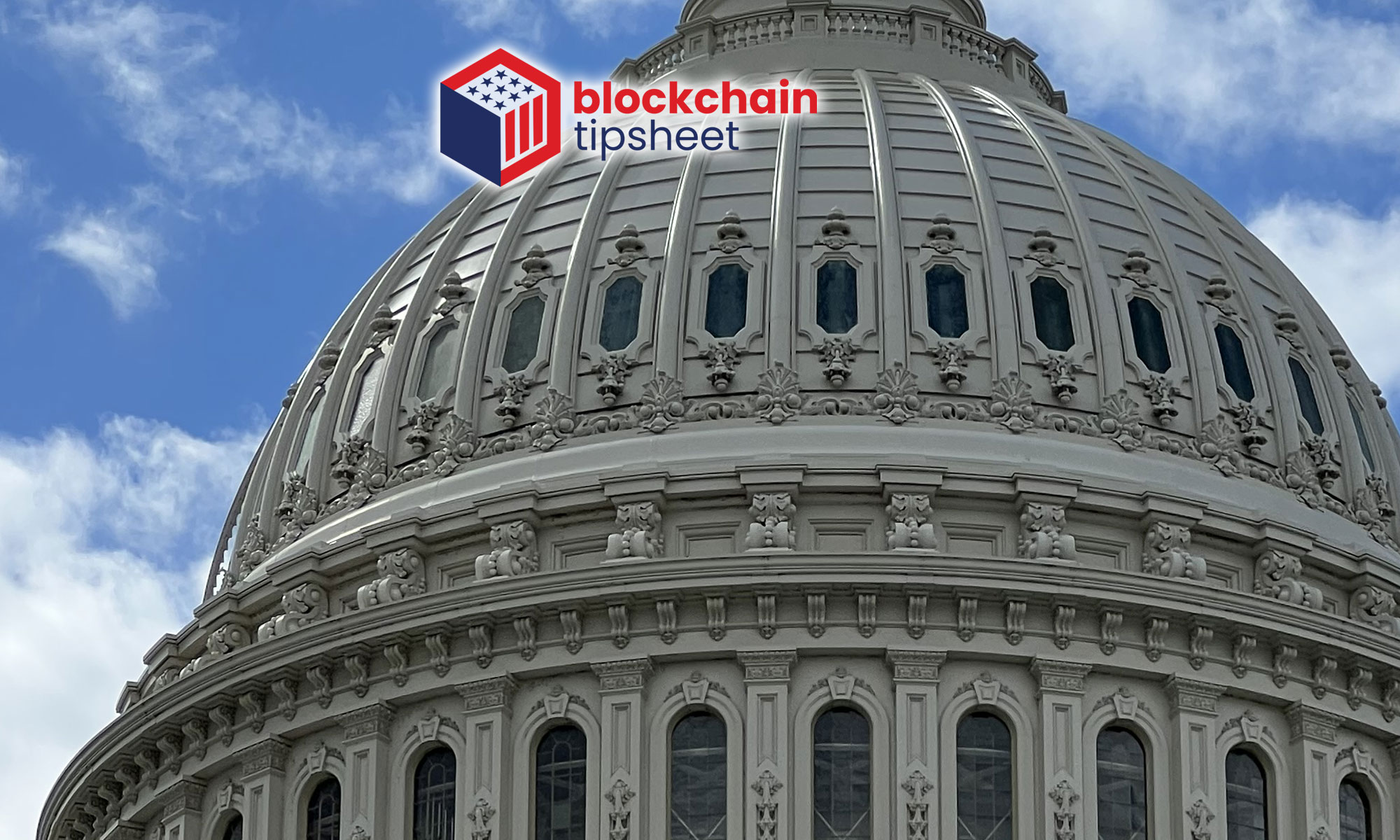In a fireside chat at Day 2 of the Seventh Annual Fintech Conference at the Federal Reserve Bank of Philadelphia on Friday, Federal Reserve Vice Chair Michael Barr participated in a fireside chat moderated by Sunayna Tuteja, the Federal Reserve System’s Chief Innovation Officer.
Before he answered questions, Barr delivered a speech entitled, “The Federal Reserve’s Role in Supporting Responsible Innovation,” (read it here) where he discussed the Fed’s ongoing exploration of Central Bank Digital Currencies (CBDCs), the launch of FedNow as well as where stablecoins or “private money,” as Barr termed it, may fit in the U.S. financial system.
He said, “I remain deeply concerned about stablecoin issuance without strong federal oversight.” Nevertheless, Barr stressed the importance of financial innovation and that it was “absolutely essential for our economy.”
Below is an edited transcript of Vice Chair Barr’s discussion with the Fed’s Sunaya Tuteja.
on payments innovation and financial inclusion
Vice Chair Michael Barr: “…The payment system is one of these aspects of finance that is so critical for people’s everyday lives. Most of us can take for granted that we can get paid, we can store money and we can pay bills in a pretty seamless way if you’re in the higher socio-economic classes of people who have access to these kinds of financial services. But if you’re a low or moderate income person payment services actually can be a real problem. It can be hard to receive your income. A lot of people still get paid by check and have to get that check cashed somewhere. A lot of low income people 5% of Americans are outside the banking system and don’t have a bank account at all. 15% of Americans according to the FDIC are underbanked that is they have a bank account but they still use expensive alternative financial services.”
“The structure of bank accounts can be expensive for people. And so all the effort that low income people put into the payment system could be spent on other things like paying for groceries or taking their kids to a soccer game. It should be as seamless and easy as low cost for a low income person as for somebody with with greater means and low income people need these financial services even more because they don’t have any financial slack. And without financial slack, a small problem for a low income person can turn into a big one.”
“If you end up with an overdraft on your bank account that can be expensive. If you end up needing to wait for your paycheck and you have to go to a payday lender -that’s a very expensive proposition. So low income people have no slack and that means that small problems can grow into big ones. And that’s why it’s I think it’s so important that when we’re talking about changes to the payment system, we have financial inclusion front and center. I listed a bunch of principles that are really important to me in the payment system. I started with financial inclusion and I did that on purpose because we usually don’t start with financial inclusion. And if we don’t start with financial inclusion, we won’t design products and services to meet the needs of low and moderate income people. We can’t have innovation that works for everybody. That tax on financial inclusion at the end. It’s got to be a core value from the beginning.”
on the Federal Reserve’s novel activities program
“We established the novel activities program formally in July. It’s something we’ve been working on over the course of the last year and had been piloting throughout the Federal Reserve system with a more informal mechanism over the last few months. The idea of it is to make sure that we can provide clarity to banks that we’re working with and provide informed and timely feedback to supervised institutions.”
“One of the things that we’ve been seeing in the banking system is there are lots of banks that would like to participate in this wave of innovation. And some of them are doing that in a way that is up to the right standard of safety and soundness, consumer protection and anti-money laundering protection. And other institutions have some learning to do. And so what we want to do with this novel activities program is make sure that institutions we’re supervising are doing that in a safe and sound way with appropriate consumer protection with appropriate anti-money laundering and BSA and other compliance. This team of experts will work with local supervisors on the ground to make sure that our institutions have access to that expertise access to that clarity and that that timely and expert judgment.”
on responsible innovation
“…I mentioned this briefly in my remarks but for innovation to be successful, there needs to be clear guardrails. We really need innovation – innovation is absolutely essential for for our economy more broadly. Innovation is the bedrock of of growth and productivity. And that’s true in the financial sector too. But, it needs to take place within guardrails, first, so there’s a level playing field for a competition.”
“And secondly, so that we make sure that consumers are protected and we don’t pose risks to financial stability and illicit finance. It’s about getting that balance right I will say both as an academic and and as a practitioner that it’s hard to get that balance right. It’s not an easy line to do. And, as I’ve mentioned in other contexts, you want to make sure that you have guardrails in place that protect consumers and financial stability and guard against illicit finance. You also want to make sure that your guardrails don’t lock in old technology or lock in incumbents at the expense of innovation and entrepreneurship. And so that’s a very difficult balance.”

